Storing Wine at Home: Best Practices for Preserving Quality and Flavor
Wine lovers know that a good bottle can turn any moment into something special. But without proper care, that same bottle can lose its magic. Storing Wine at Home: Best Practices is all about keeping your wine safe and tasty. This article shares simple, effective ways to store wine, blending expert advice with my own experiences.
Why Wine Storage Matters
Wine is sensitive. How you store it affects its taste and quality over time. Things like heat, light, and even movement can change how it ages. Whether you’re saving a bottle of Jackson Family Wines or another favorite from top wine brands, good storage keeps every sip delicious. Let’s dive into the details.
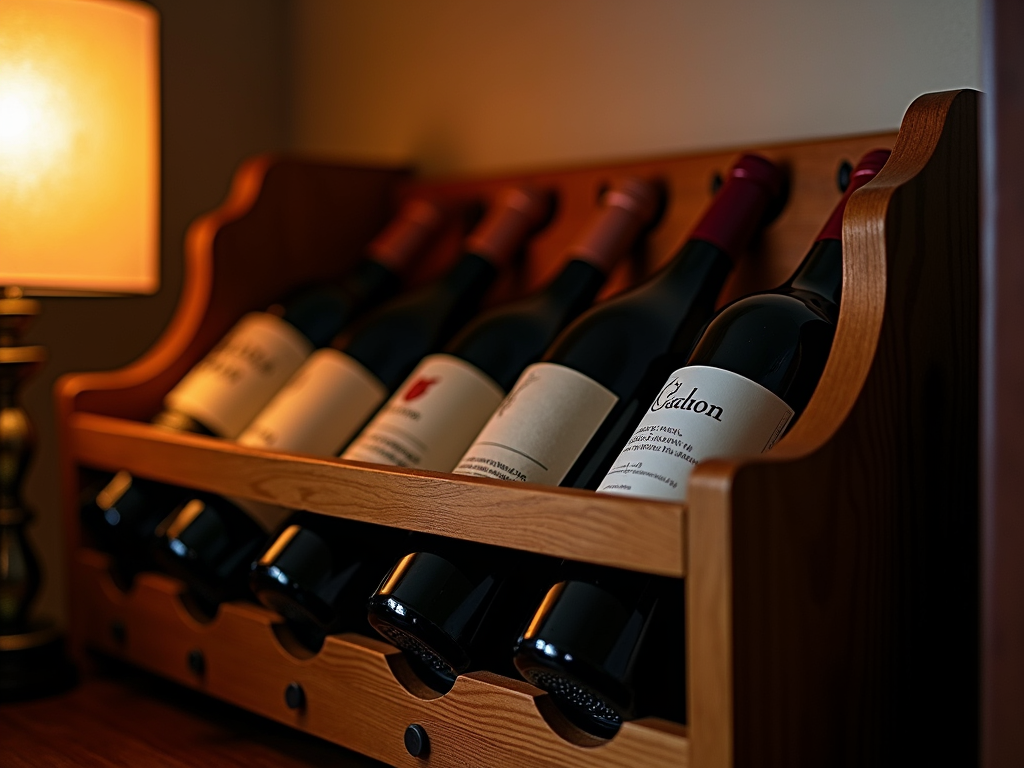
Temperature: Keep It Cool and Steady
Wine likes a cool, stable home—ideally between 55°F and 58°F (13°C to 15°C). Too warm, and it ages too fast, losing its fresh taste. Too cold, and it won’t develop properly. Even worse, big temperature swings can push the cork out or let air in, spoiling the wine.
Once, I left a bottle in a warm garage over summer. When I opened it, the flavor was flat and cooked—not fun. Now, I stick to a cool spot or a wine fridge to avoid that mistake.
Want to dig deeper? This University of California, Davis study explains how heat messes with wine’s chemistry. It’s a solid resource for understanding why temperature matters.
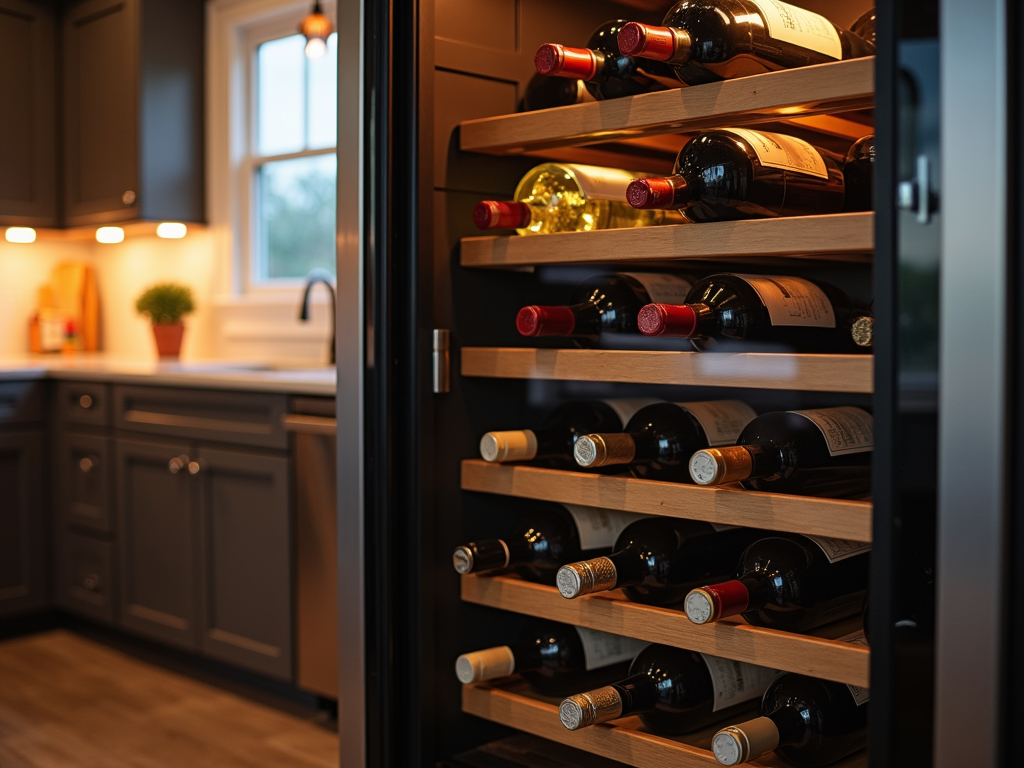
Humidity: Balance Is Everything
Humidity keeps the cork in good shape. Aim for 60% to 70%. Too dry, and the cork shrinks, letting air sneak in. Too wet, and you might get mold. I learned this the hard way when a damp basement left mold on a cork. The wine was fine, but it was a wake-up call. A small humidifier fixed it for me.
Check out this Wine Spectator guide for practical tips on humidity control. It’s a great read for keeping your bottles safe.
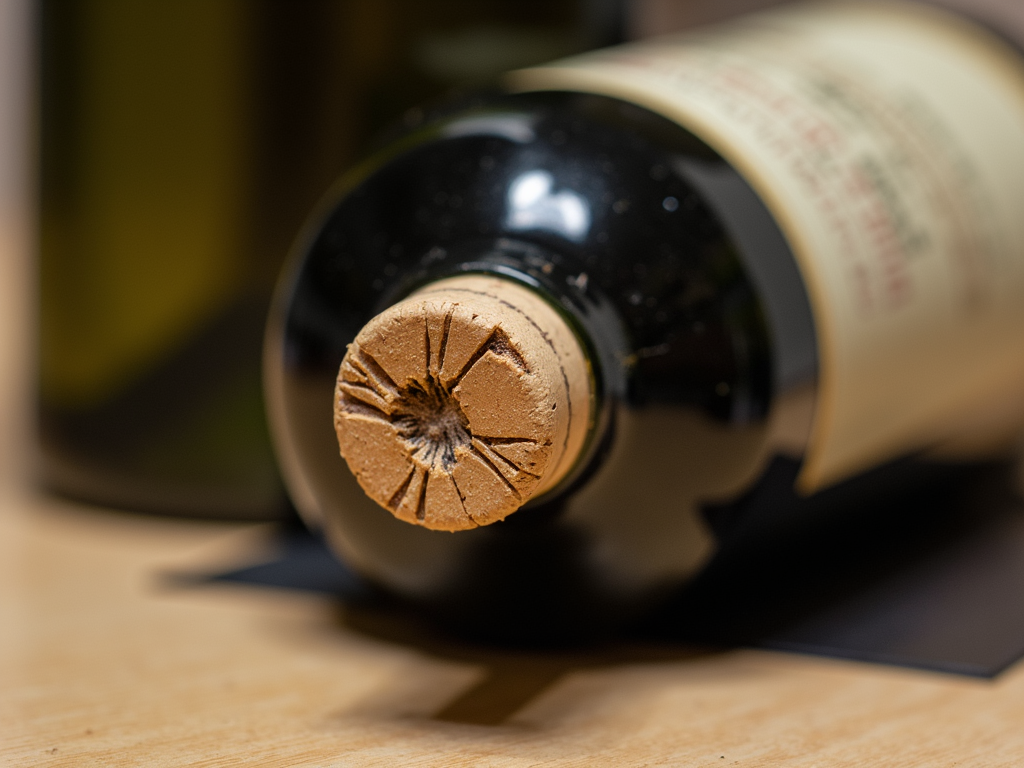
Light: Keep It Dark
Sunlight and bright lights are wine’s enemies. UV rays can break down flavors, leaving wine dull. Dark bottles help, but it’s still best to store them out of sight. I once forgot a bottle on a sunny shelf. A week later, it tasted off—lesson learned. Now, I use a dark closet or cover my bottles.
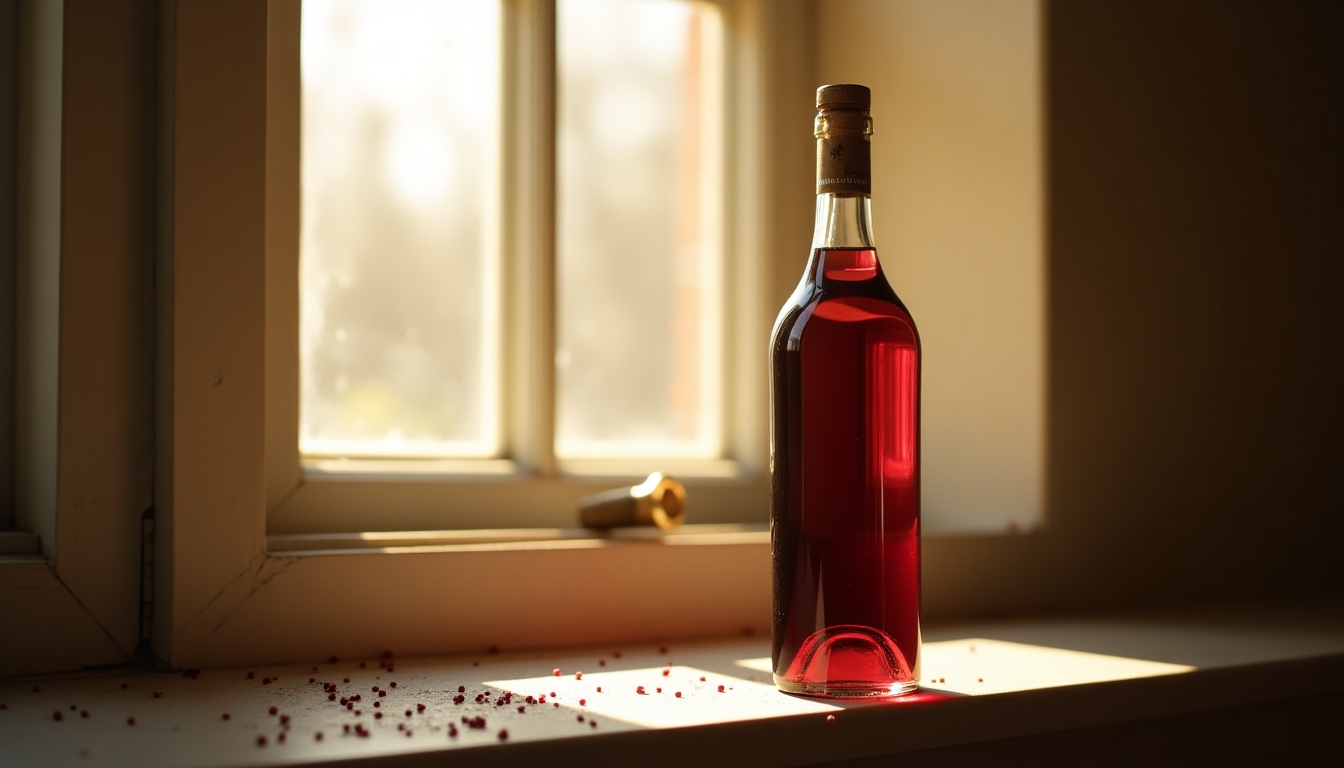
Vibration: Stay Still
Wine doesn’t like to be shaken. Constant movement stirs up sediment and can mess with aging. Most homes are fine, but avoid busy spots. I used to keep wine near my dryer—bad idea. After tasting a bottle that seemed off, I moved everything to a quiet shelf. Big difference.
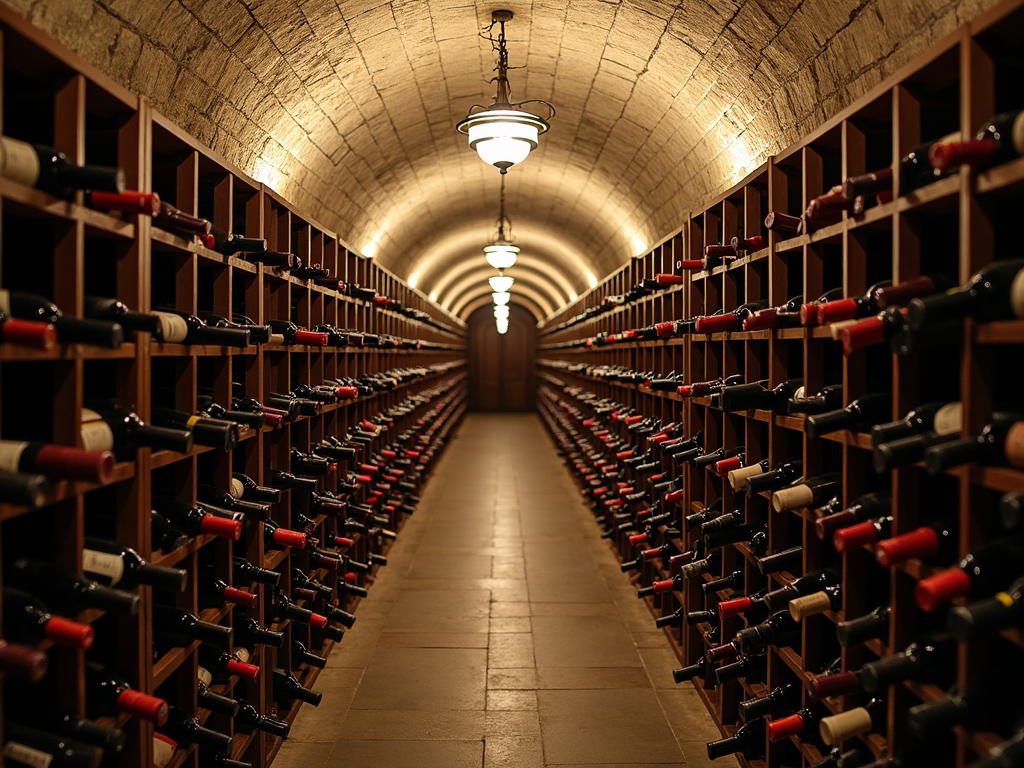
Storage Options: What Works for You
Here’s a quick look at your choices:
- Wine Fridges: Perfect for control. They manage temperature and humidity, great for small spaces.
- Wine Cellars: Dreamy but pricey. Best for big collections.
- Wine Racks: Simple and cheap. Good for a few bottles, but no climate control.
I love my wine fridge for daily picks and a rack for special ones—like a Jackson Family Wines bottle I’m saving. Curious where to buy Jackson Family Wines? Their site or specialty stores are a good start.
Need help picking a fridge? This Wine Enthusiast guide breaks it down with expert tips.
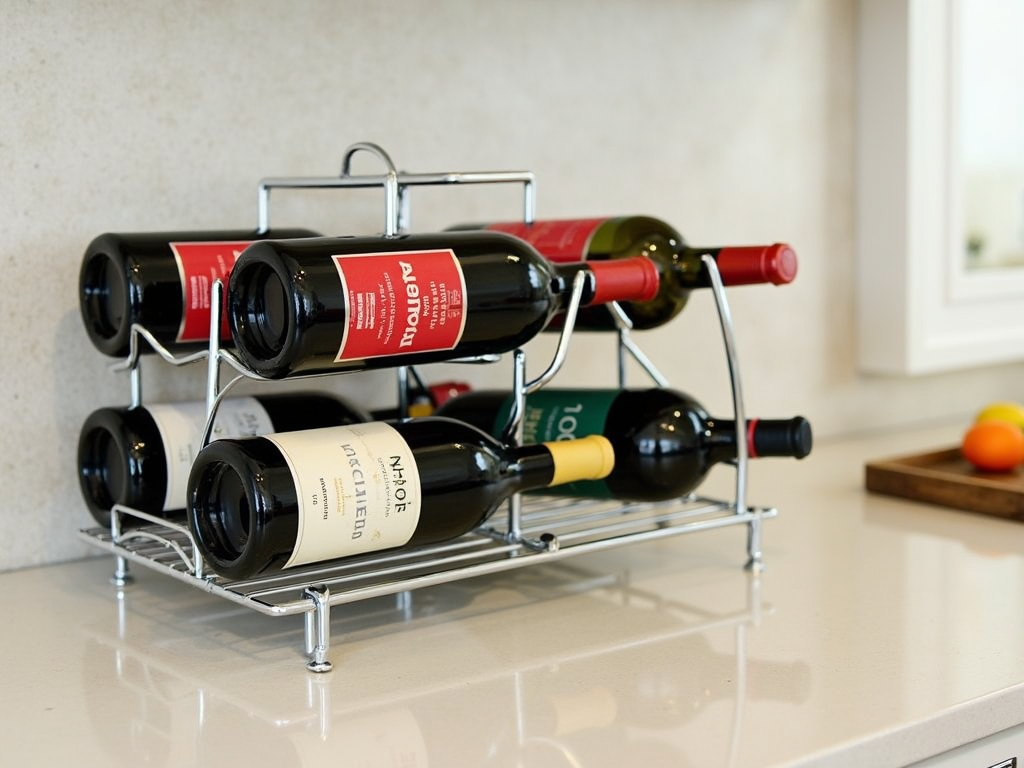
Organize Your Collection
A tidy collection saves time and stress. Try these ideas:
- By Region: Group wines from places like Tuscany or Napa.
- By Type: Sort reds, whites, or blends.
- By Year: Track which bottles are ready to drink.
I sort mine by region, with a ‘drink soon’ spot for quick picks. It’s practical and fun to browse.

Wrapping Up
Storing wine at home doesn’t have to be hard. Control temperature, humidity, light, and movement, and pick a storage spot that fits your life. Whether it’s a wine brands favorite or a rare find, good care keeps it tasty. Treat your wine right, and it’ll shine when you pour it.